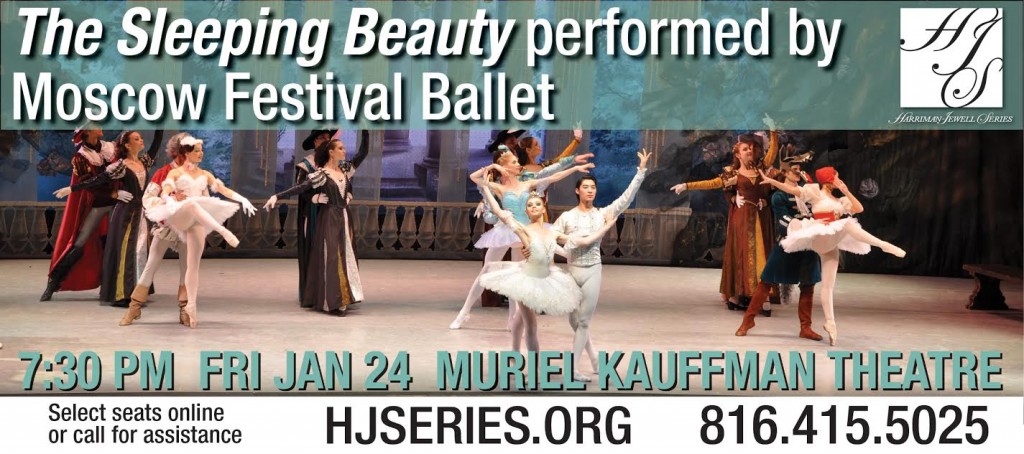ARRIVEDERCI, 2013: KC performing-arts scene experiences notable shifts in “the year that was”
By Paul Horsley
Kansas Citians might look back at 2013 as a year of sea-change in the local performing-arts scene. It was the year the Lyric Opera spent record amounts on magnificent productions that garnered substantial national attention. It was the year the Harriman-Jewell Series brought the greatest Wagnerian soprano of our time to town, and also presented both the local debut of the 801-year-old boys’ choir from Leipzig that J.S. Bach himself conducted and the marvelously resuscitated Dance Theatre of Harlem. It was, in my opinion, a year in which the Unicorn edged out the KC Rep as the most interesting and (arguably) most relevant theater company in town. It was the year the Kansas City Ballet made a sharp directional turn with the naming of an artistic director whose more “classical” outlook differs markedly from that of his predecessor. And it was the year a dizzying plethora of smaller theater companies took on at times absurdly ambitious productions, with varying results, and it included an early summer in which a splendid new dance festival sprang up, and an already-existing small troupe presented an accomplished choreographed version of Bach’s Goldberg Variations.
My three favorite 2013 moments are divided neatly among the areas I cover. IN THEATER, I was most impressed with the Unicorn Theatre’s Clybourne Park, though the KC Actors Theatre’s Picnic and the Unicorn’s My Name is Asher Lev both ran very close seconds. IN MUSIC I have to go with the Pacifica String Quartet’s heroic Friends of Chamber Music program that included a rare local performance of music by a sorely neglected composer, Alfred Schnittke, whose music we should all be hearing more of. Granted, there was more great music this year, including Gil Shaham’s Berg Concerto with the KC Symphony and the Lyric’s The Capulets and the Montagues and The Magic Flute. IN DANCE my favorite moment was Ulysses Dove’s stunning Dancing on the Front Porch of Heaven, as performed by the Dance Theatre of Harlem – though the KC Ballet’s rarely-performed Fancy Free ran a close second.
THEATER: RAISIN’ HELL IN THE TIME OF GENTRIFYIN’
Though the RNC may well have suggested in a now-notorious Tweet about Rosa Parks that racism in America is dead, Bruce Norris’ 2010 play Clybourne Park has a different take. The Unicorn Theatre and UMKC Theatre’s capital co-production (December 4th-29th) of this dazzlingly funny play – which won the Pulitzer Prize, the Olivier Award and the Tony Award for Best Play in 2012 – was for me a perfect antidote for the holiday pabulum all around. It confronts the subject of race with as much guts, wit and classiness as anything I’ve seen on stage or screen in years. You walk out of the theater feeling like you’ve been hit by a truck. (It was so irresistible I had to see it twice, something I almost never do; I liked it even more the second time.) Bruce takes Lorraine Hansberry’s 1959 classic A Raisin in the Sun as a jumping-off point, and draws his title from the hostile all-white Chicago neighborhood into which the Youngers, the black family of the original play, had decided to move. (That play became a hit movie in 1961 staring Sidney Poitier and Ruby Dee). Bruce’s “sequel” opens in 1959, in a house in Clybourne Park occupied by Bev and Russ, a dreary white couple preparing to move to the Chicago ‘burbs.
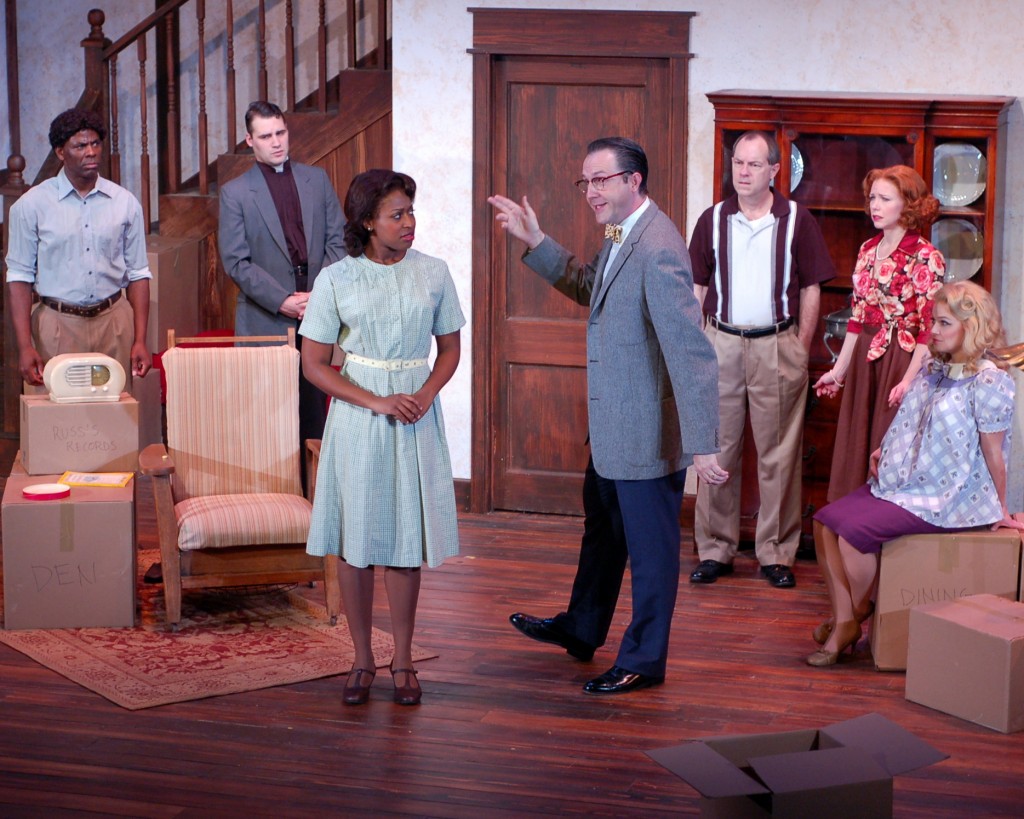
Joseph Price’s direction is spot-on from start to finish. Each of the two acts builds from boredom to explosive tension, from humdrum to an outburst of the emotion that is seething just below the surface. David Fritts is remarkable for the stillness with which he conveys Russ’ hollow existence at the outset, as he sits still wearing his pajama top in the middle of the day eating ice cream out of the carton. Bev (Jennifer Mays) hovers around him in the nearly empty house, packing a few last items for the move. The visual detail here is remarkable: Brett Engle has created one of the Unicorn’s most ambitious and attractively “finished” set designs ever: It nearly overtakes the tiny theater with its ample central living room, full dining room stage left and windows stage right showing what appears to be real daylight. Marc W. Vital II is to be commended for the authenticity of Bev’s bouncy ’50s skirt and brown-orange floral blouse, and Francine’s (Janae Mitchell) housemaid outfit looks like she stepped off the set of The Help. Enter Karl (the hysterically hysterical Brian Paulette) to convey the neighborhood association’s dismay that the house has sold to a black family. Russ is not aware of what his realtor has done but doesn’t care either. Karl invites his deaf, pregnant wife Betsy (Jessalyn Kincaid) in while they discuss the impending doom.
There is a pall over this house. Slowly we begin to understand it is haunted by a tragedy: Two years earlier Bev and Russ’ son, Kenneth (accused of atrocities committed during the Korean War), had hanged himself in an upstairs bedroom. Suddenly Russ’ brooding glumness adds up, as do the attempts of gung-ho Reverend Jim (Michael Pauley, in his first of three roles) to counsel him. Bev, we begin to believe, is slightly off her nut. As the white folks discuss the potential damage to property values that a black family could bring (“you can’t live in a principle,” Karl says), Francine and her husband Albert (Mykel Hill), who has arrived to pick up Francine from work, listen with something between resignation and barely concealed horror. (“Maybe we should learn what each other eats,” Bev says to Francine.) Bev tries to console the group by reminding them how difficult it had been at first for the neighborhood to accept a Jewish-owned grocery, but how it had all worked out in the end. It was fascinating to watch the change in amiable Albert’s face as all this was unfolding. He stands stage right far from the others, and it’s hard to keep your eyes off his increasingly furrowed brow. He eventually defuses the tension with sardonic humor, but the racial divide in this house is palpable.
Act II takes place in the exact same house, 50 years later, and Russ and Bev’s tidy ’50s model home has been magically transformed into something resembling a crack house – a giant hole in the wall, graffiti spray-painted all over the walls and fireplace. All six actors are playing new characters, except that each is an echo of his or her Act I character, and some are relatives of said Act I characters. The act begins much as Act I had, with a discussion of far-flung places and their capitals. (In Act I the discussion is about where people from different cities are called, and why the ice cream is “Neapolitan.”) The sense of geography, location, city versus suburb, historic city versus modern city – all seems pertinent to the subject at hand, namely the sense of “place,” the way people define themselves in terms of where they live and who lives around them. This time around it’s a white couple, Kathy (Jennifer) and Steve (Brian), trying to buy the house in the now mostly black area (which is “gentrifying”) so they can renovate it. They’re having a run-in with reps from neighborhood council (Kevin, played by Mykel, and Tom) and the owner, Lena (Janae), who happens to be a Younger and remembers the house from her childhood. Kathy and Steve want to make changes to the house that will exceed the legal historic-preservation limits, and Lena has mixed feelings about having her family home so drastically altered.
From there of course we get into a discussion of race that is not so far off from that in Act I: That’s of course Bruce’s point. In 50 years, he asks, “How much have we changed when it comes to race relations?” The play breaks down into a series of jarring racist jokes that, quite frankly, are funny not because of their content (perhaps) but because they’re so jolting: We’re just unaccustomed to hearing such over-the-edge jokes said out loud, except perhaps from poorly schooled 13-year-old boys.
The impression, finally, is of the same play being performed twice, with tweaks and twists that only become more interesting as Act II plays on. Steve mocks Lena for clutching to her “ancestral home” and accuses her of holding onto some “secret conspiracy.” (“Oh, it’s no secret,” she replies sardonically.) In an epilogue we observe a poignant flashback that makes us ponder what an insignificant issue race is compared to the real challenge facing us: That of tending to the suffering of our fellow human beings.
*** The Kansas City Repertory Theatre’s production of A Christmas Carol is essentially critic-proof in that it’s going to remain a holiday favorite no matter what anyone writes about it. But that hasn’t kept the company from maintaining a consistently high standard of quality for the show, which ran through December and vied for holiday audiences along with dozens of other performing-arts events. (Stage director Kyle Hatley, the Rep’s associate artistic director, and executive director Angela Gieras announced before the show that some 33,000 souls would see the show through its month-long run.) I do like John Ezell’s carousel set design introduced a few years ago, which rotates repeatedly to reveal new sets and even allows actors to climb stairs up and over from one to another set. Jeffrey Cady’s lighting and projections are quite accomplished, eerie when necessary, and costume and movement design are sound.
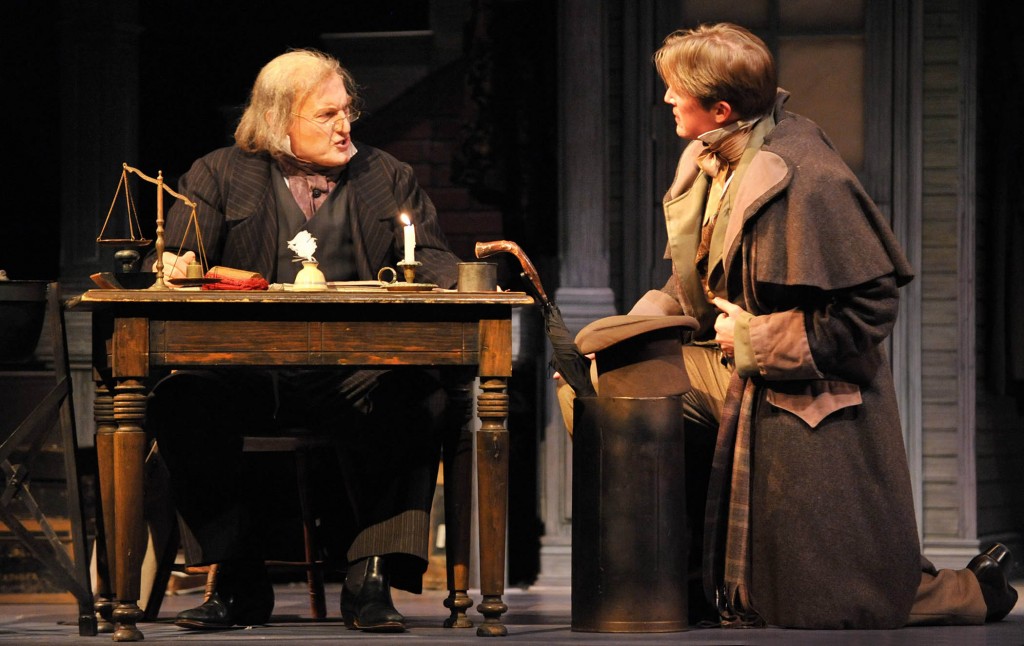
Gary Neal Johnson has settled into the role of Scrooge so comfortably that many Kansas Citians can barely imagine anyone else in the role. All in all the acting is competent, though the real standouts are in fact Walter Coppage as Bob Cratchit (who lights up the stage every time he appears), Vanessa Severo as Belle and to some extent Rusty Sneary as Scrooge the young man.
The direction I found a bit scattered (Act 2 is especially “busy,” to the point where one often doesn’t even care to watch what Scrooge himself is doing), and with all the singing of carols and whatnot it feels like you’re in church. Is that really what this subversive play is about – making us all feel warm and fuzzy and Christmas-spirity? I do like that the players use the entire Spencer Theatre, including the aisles, and interact with the audience in an amiable manner; the choral numbers and musical direction under Anthony T. Edwards is estimably executed. Of course much of the best actual language comes from Dickens himself, but Barbara Field’s adaptation I find annoying. Every time the “Dickens as narrator” character pipes up, for example (Charles Fugate, doing the best he can with this leaden concept), the action essentially halts. Why not let the actors tell the danged story? If we wanted to have a Dickens stand-in narrate the tale we could easily have stayed home to read the book.
*** After a bit too much “cheer” at this Scrooge-fest I was looking forward to SantaLand Diaries, as a sort of bitter, fun, sarcastic panacea to all that eggnog and “Hark, the Herald Angels Sing.” It is an amusing show. David Sedaris’ hour-long one-man monologue is based on his real experience as one of “Santa’s Elves” at Macy’s in New York – dealing with angry shoppers and unruly brats. Here Brian Sills tried gamely to capture the charm of Sedaris’ original, and he did mostly, though much of the humor came through on a sort of low boil. Apparently, believing Diaries wasn’t lengthy enough to make a whole evening, the Rep opened the show with a longish musical set by The Shenanigans, Claybourne Elder and Shanna Jones, who sang and played some pretty funny songs and told lame jokes. Rather than an added bonus it felt more like something to be “slogged through” before the real show started.
MUSIC: WHAT BEETHOVEN TEACHES US ABOUT SCHNITTKE, AND VICE VERSA
My highlight of the musical year was an event that drew relatively little attention, occurring on an ordinary Friday night in October (the 28th) at the Folly Theater. I found the Pacifica String Quartet’s performance on the Friends of Chamber Music’s series exceptionally compelling, not only because it presented a rare performance of music by a composer I love, the late Alfred Schnittke, but also because it placed the piece (his Quartet No. 3) in a beautifully logical context that made for an outstandingly satisfying program. Schnittke’s quartet “riffs” off of music of 16th-century Flemish master Orlando di Lasso and of Beethoven, in particular the former’s Stabat Mater and the latter’s String Quartet in B-flat major, Op. 130 (with its “Grosse Fuge”). And though the group didn’t play the Lassus piece in question (which would have been nice, except that it is scored for eight voices), they did perform the Beethoven complete with its “original” ending, the fugue, which was a work of particular fascination for the Soviet-born Schnittke (as for just about any musician who takes Beethoven seriously). This Soviet-trained composer, who sadly died in 1998 at age 64, embodied in his training and ethnic background a potent mix of Volga-German, Jewish, Viennese, Russian and of course Soviet cultures. The music of his that I know or have heard I find astonishing, and the Third Quartet certainly falls into this category.
It should be said from the outset that the Pacifica plays gorgeously, with a blend that is as natural and integrated as that of any ensemble today. They opened with a graceful performance of Haydn’s Op. 76, No. 4 Quartet (the “Sunrise,” appropriately also in B-flat major), which was marked by savvy emphasis of dramatic harmonies in the opening movement, a sweetness of delivery in the Adagio, and a nicely controlled rush toward the final stretto. In the first movement the difference in tempo between the suave opening and the rushing 16th-note transition was willful and way too exaggerated, and one yearned for more vigor in the Menuetto. I find Simin Ganatra’s sound a bit less forthright and convincing than one might hope from a first violinist, but overall, with its strong musical and technical foundation, the Pacifica is quickly moving toward the top of the string quartet world, and justly so…
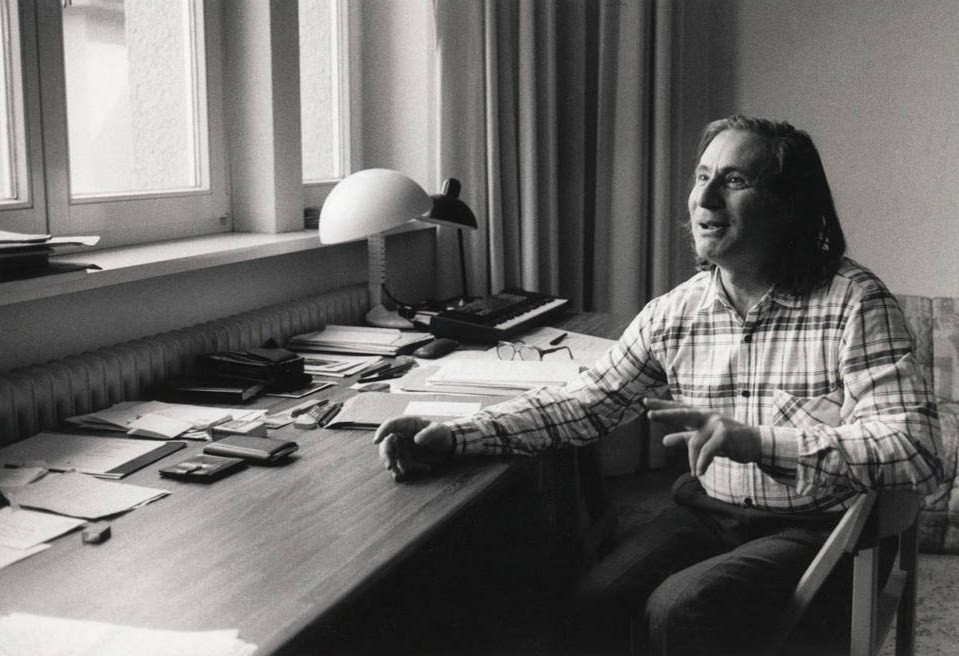
Schnittke’s music hovers somewhere between traditional and avant-garde, accessible and challenging, tonal and verwirrend. In comments before the performance of the Third Quartet violinist Sibbi Bernhardsson invited us to admit Schnittke into a pantheon of “great Russian [-Soviet?] composers” of the 20th century, and in my mind there are indeed reasons to place him firmly within the tradition of Prokofiev and Shostakovich – to both of whose music he pays an occasional nod (especially the latter). The quartet – three “movements” played without pause – opens with themes from Lassus, Beethoven (the “Grosse Fuge” opening) and Shostakovich (the composer’s self-conscious “motto” subject), each played as if with a sort of halo around it. The music moves from order to chaos in the form of near-clusters, with occasional pauses on diatonic harmonies just to confound. Motivic cells alternate with mournful, long-breathed tunes à la Shostakovich and hymn-like passages containing unsettlingly agitated trills and drones. The chaos of the second movement (Agitato) is juxtaposed with pauses for bits of Lassus and hymn textures that almost remind you of William Billings. (In his opening comments Sibbi had referred, appropriately, to “a ballroom dance gone horribly wrong.”) The Pesante of the finale, while beginning “heavily,” dissolves into strikingly Beethovenian counterpoint, and in typically Shostakovich-like manner the “sound and fury” cedes into a puzzlingly resigned ending. More than anything, though, one is struck at the end how completely organic the piece feels: not a concatenation of styles and practices but a profoundly thought-out synthesis, a musical statement with meaning.
After intermission the Pacifica delivered a distinguished if not always ideal performance of the Beethoven Op. 130, with burning embers beneath the niceties of the Allegro, imprecise slides in the Presto, lovely but overly casual pathos in the Andante, gripping but at times exaggerated articulation in the “tedesca” movement, deliciously savored thematic material in the slow movement and a balanced, well-integrated sonority throughout the fugue. The pitch skewed from time to time in the finale and perhaps one could have used more ferocity, but on the whole it was a noble performance.
DANCE: JOYOUS RESURRECTION OF AN AMERICAN TREASURE
My personal favorite dance event for 2013 was the Harriman-Jewell Series’ presentation in October of the Dance Theatre of Harlem, which began performing again two years ago after an eight-year dance hiatus due to financial tangles. (The DTH school and the organization itself had continued to exist during the performing company’s pause, however.) We hadn’t seen them here in KC since 2001 (also a Harriman presentation), and it was truly a phoenix-from-the-ashes moment, one of the best things I’ve seen in the Muriel Kauffman Theatre since it opened in 2011.
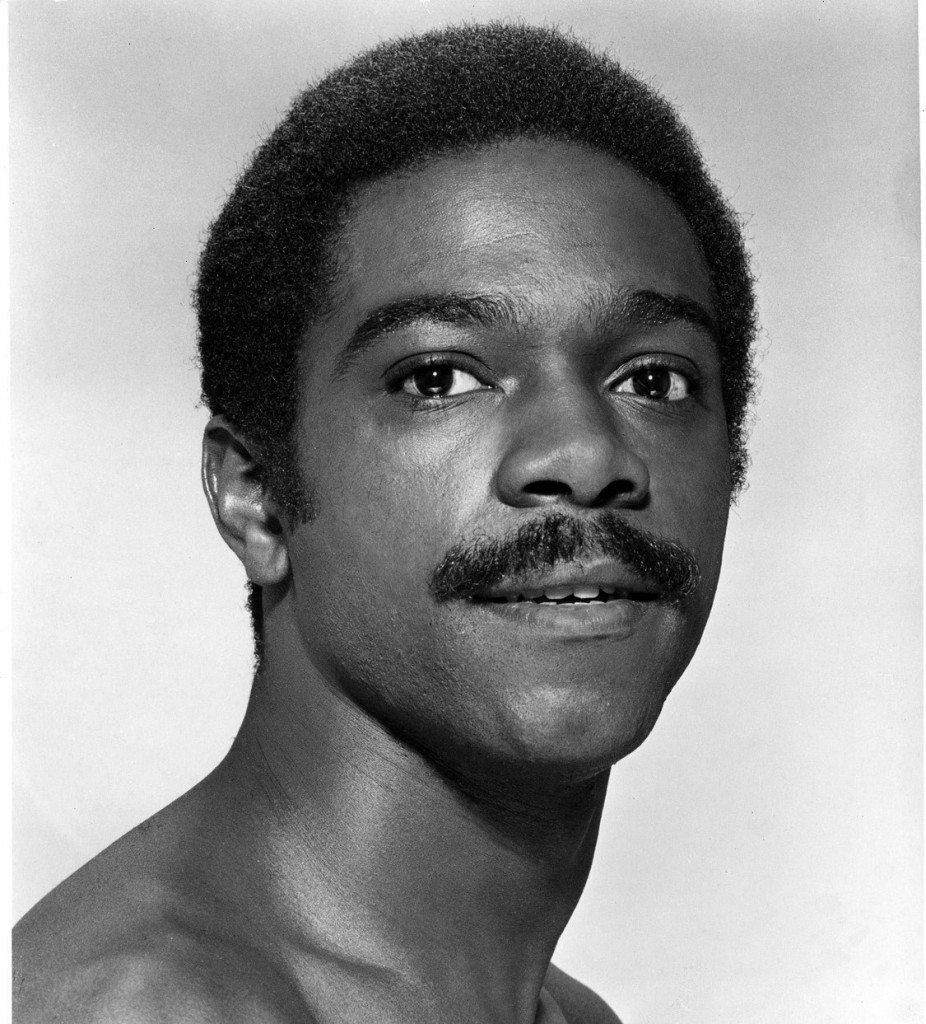
One piece in particular caught my attention and that of nearly everyone I spoke to afterward, namely Dancing on the Front Porch of Heaven by former Alvin Ailey principal dancer Ulysses Dove, a startlingly gorgeous piece to Arvo Pärt’s music that is made especially poignant by the knowledge that Dove died at his artistic prime at a youthful 49 – just a few years after creating this marvelous piece. See our review of the program here.
THE REST IS NOT JUST NOISE
To summarize, then, the remainder of our personal “Best of 2013” list: The Harriman-Jewell Series’ presentations of the Thomanerchor Leipzig and the Dance Theatre of Harlem, the Lyric Opera’s Capuleti and Magic Flute, the Unicorn Theatre’s My Name is Asher Lev, KC Ballet’s A Midsummer Night’s Dream and Fancy Free, KC Actors Theatre’s Picnic, violinist Gil Shaham’s performance of the Berg Concerto with the KC Symphony, the KC Chorale’s Duruflé Requiem, Park University’s program of violinist Shmuel Ashkenasi, and the debut of the Kansas City Dance Festival. We might have also listed, as runner-ups, the Metropolitan Ensemble Theatre’s For Colored Girls Who Have Considered Suicide, the Living Room’s cheeky The Death of Cupid, the Miami String Quartet at the Heartland Chamber Music Festival, Stefan Jackiw’s Mendelssohn Violin Concerto with KC Symphony, the Unicorn’s Venus in Fur and conductor Asher Fisch’s revelatory Brahms/Schoenberg with the KCS.
To reach Paul Horsley send email to phorsley@sbcglobal.net or find him on Facebook (paul.horsley.501).
[slider_pro id=”2″]
[slider_pro id=”3″]
Features
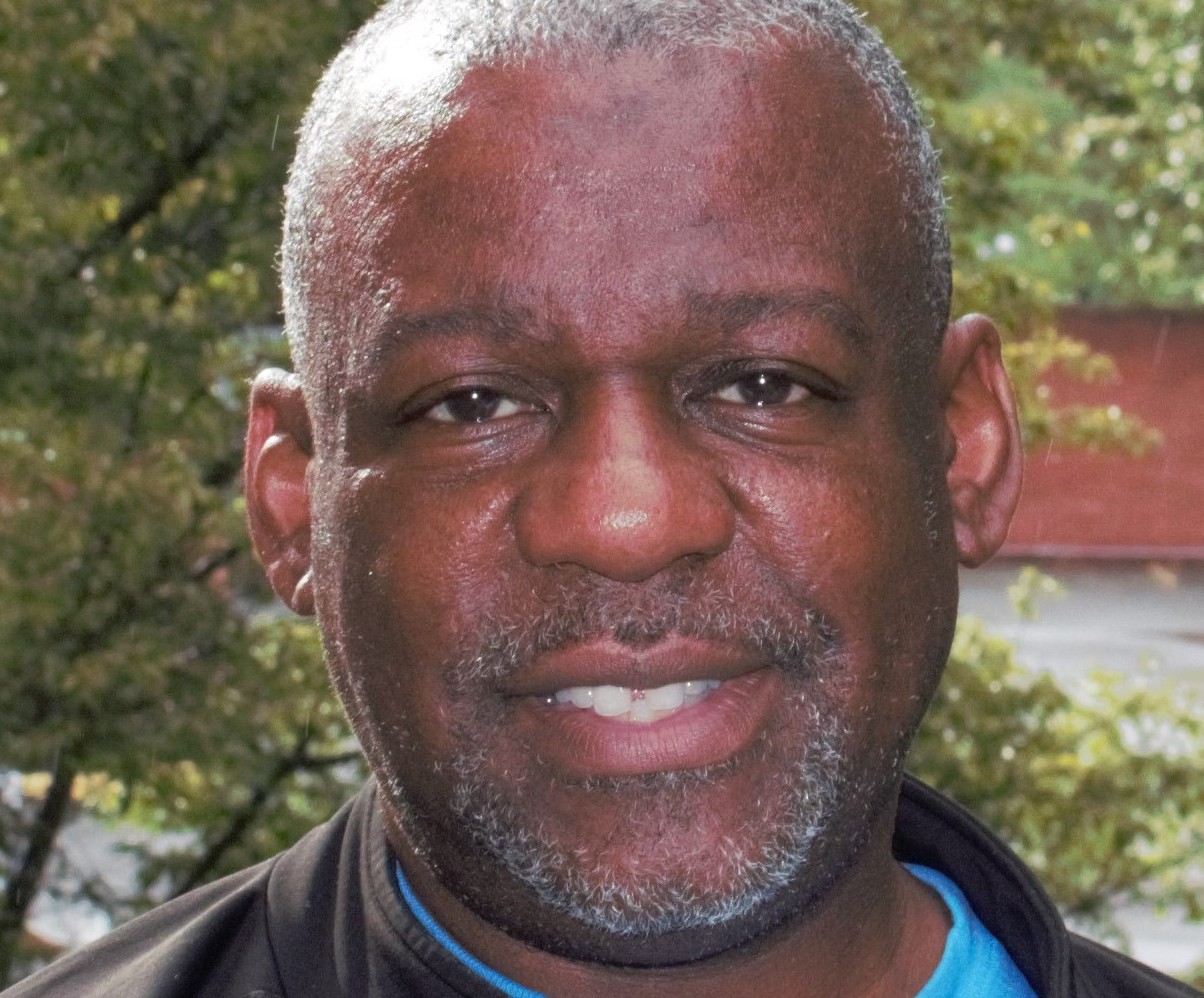
Tyrone Aiken danced prodigiously as a youth, trained at The Ailey School as a young adult, worked as a professional dancer at the height of the New York dance ferment,…

CAROLINE DAHM Dancer, choreographer, producer, master teacher, adjunct dance professor at The UMKC Conservatory, assistant director at Wylliams/Henry Contemporary Dance Company What I love about the Kansas City performing-arts scene: Kansas…
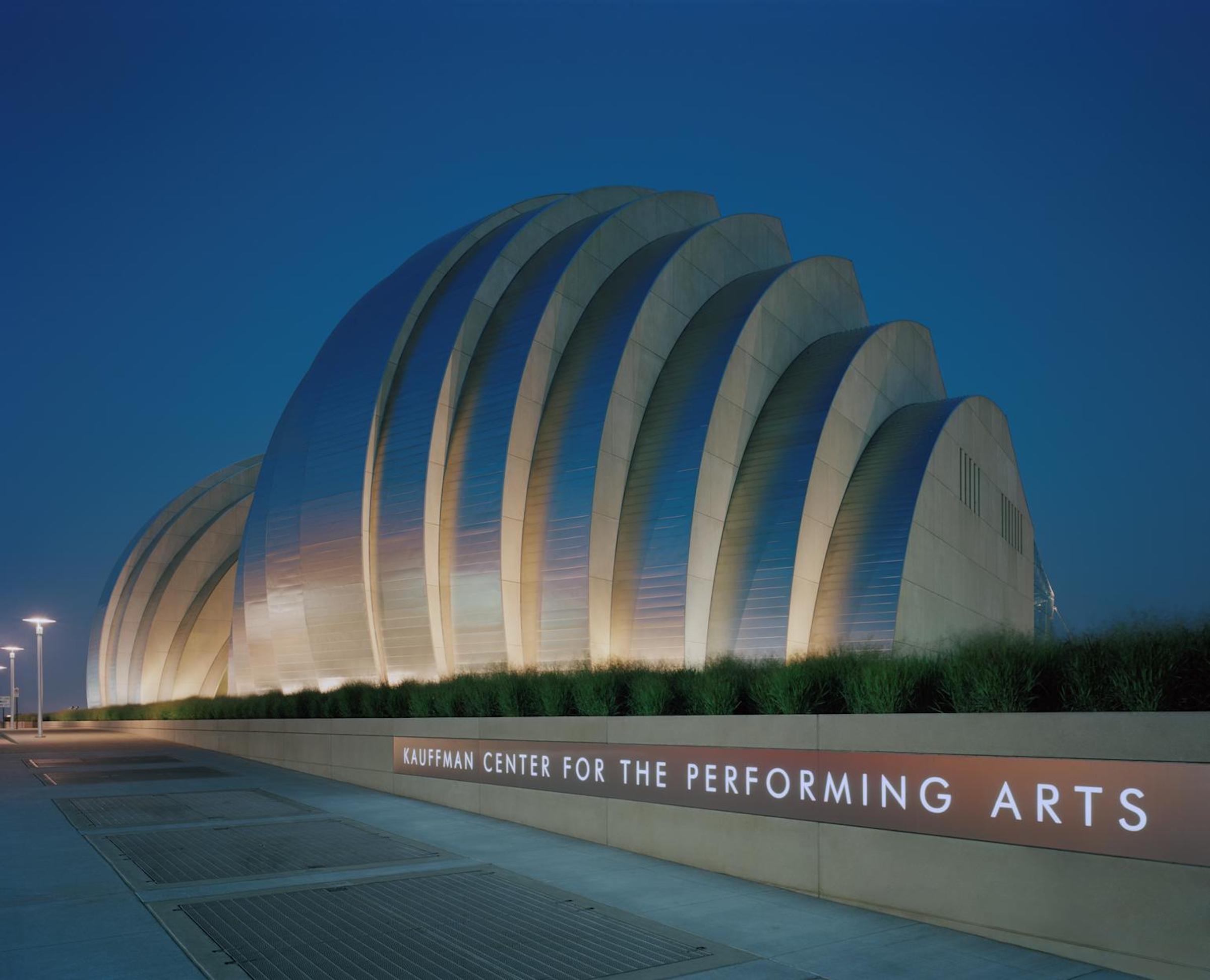
It’s difficult to remember what the Kansas City skyline looked like 20 years ago, before the Kauffman Center for the Performing Arts began to take shape at 16th and Broadway.…


